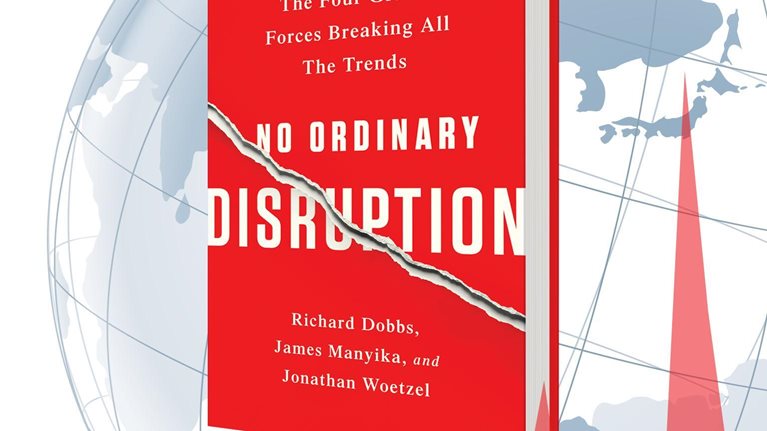Labor markets around the world haven’t kept pace with rapid shifts in the global economy, and their inefficiencies have taken a heavy toll. Millions of people cannot find work, even as sectors from technology to healthcare struggle to fill open positions. Many who do work feel overqualified or underutilized. These issues translate into costly wasted potential for the global economy. More important, they represent hundreds of millions of people coping with unemployment, underemployment, stagnant wages, and discouragement.
Online talent platforms can ease a number of labor-market dysfunctions by more effectively connecting individuals with work opportunities. Such platforms include websites, like Monster.com and LinkedIn, that aggregate individual résumés with job postings from traditional employers, as well as the rapidly growing digital marketplaces of the new “gig economy,” such as Uber and Upwork. While hundreds of millions of people around the world already use these services, their capabilities and potential are still evolving. Yet even if they touch only a fraction of the global workforce, we believe they can generate significant benefits for economies and for individuals (exhibit).

In our new McKinsey Global Institute report, A labor market that works: Connecting talent with opportunity in the digital age, we examine the current state of employment and the impact these digital platforms could have:
- In countries around the world, 30 to 45 percent of the working-age population is unemployed, inactive in the workforce, or working only part time. In Brazil, China, Germany, India, Japan, the United Kingdom, and the United States, this adds up to 850 million people.
- As online talent platforms grow in scale, they will become faster and more effective clearinghouses that can inject new momentum and transparency into job markets while drawing in new participants. Our supply-side analysis shows that online talent platforms could add $2.7 trillion, or 2.0 percent, to global GDP by 2025, while increasing employment by 72 million full-time-equivalent positions.
- Up to 540 million people could benefit from online talent platforms by 2025. As many as 230 million could find new jobs more quickly, reducing the duration of unemployment, while 200 million who are inactive or employed part time could gain additional hours through freelance platforms. As many as 60 million people could find work that more closely suits their skills or preferences, while an additional 50 million could shift from informal to formal employment.
- Countries (such as Greece, Spain, and South Africa) with persistently high unemployment and low participation rates could benefit most. Among advanced economies, the United States stands to realize significant gains because of the relative fluidity of its job market. By contrast, the potential is lower in China and Japan as a result of their low unemployment and other barriers that limit adoption.
- Online talent platforms increase the transparency of the demand for skills, enabling young people to make better educational choices. As a result, more effective spending on tertiary education could reduce some of the $89 billion misallocation we find in Brazil, China, Germany, India, Japan, the United Kingdom, and the United States.
- Companies can use online talent platforms not only to identify and recruit candidates but also to motivate them and improve their productivity once they start work. We calculate that the adoption of these platforms could increase the output of companies by up to 9 percent and reduce the cost of recruiting talent and of human resources generally by as much as 7 percent.
Capturing this potential will require expanded broadband access, updated labor-market regulations, systems for delivering benefits to workers, and clearer data-ownership and privacy rules. There is also an enormous opportunity to harness the data these platforms gather to produce insights into the demand for specific skills and occupations—not to mention the career outcomes associated with particular educational institutions and programs. More accurate and predictive modeling could help individuals make more informed decisions about education, training, and career paths.
Governments around the world have struggled to increase employment in recent years. Online talent platforms show real promise for injecting more transparency and dynamism into job markets. As people come to connect with work opportunities more efficiently, even larger economic ripple effects could abound in the years ahead. To capture these benefits, regulatory frameworks, corporate practices, and individual mind-sets will have to change, along with technology. With the right investment, a thoughtful approach, and continued innovation from the private sector, the world could move closer to the goal of a labor market that works.
Visit the New America foundation’s website for information on Connecting Talent with Opportunity in the Digital Age, an event McKinsey helped organize.
For more on this topic, see James Manyika’s LinkedIn essay “The digital revolution is making the job market work for you” (June 2015).


